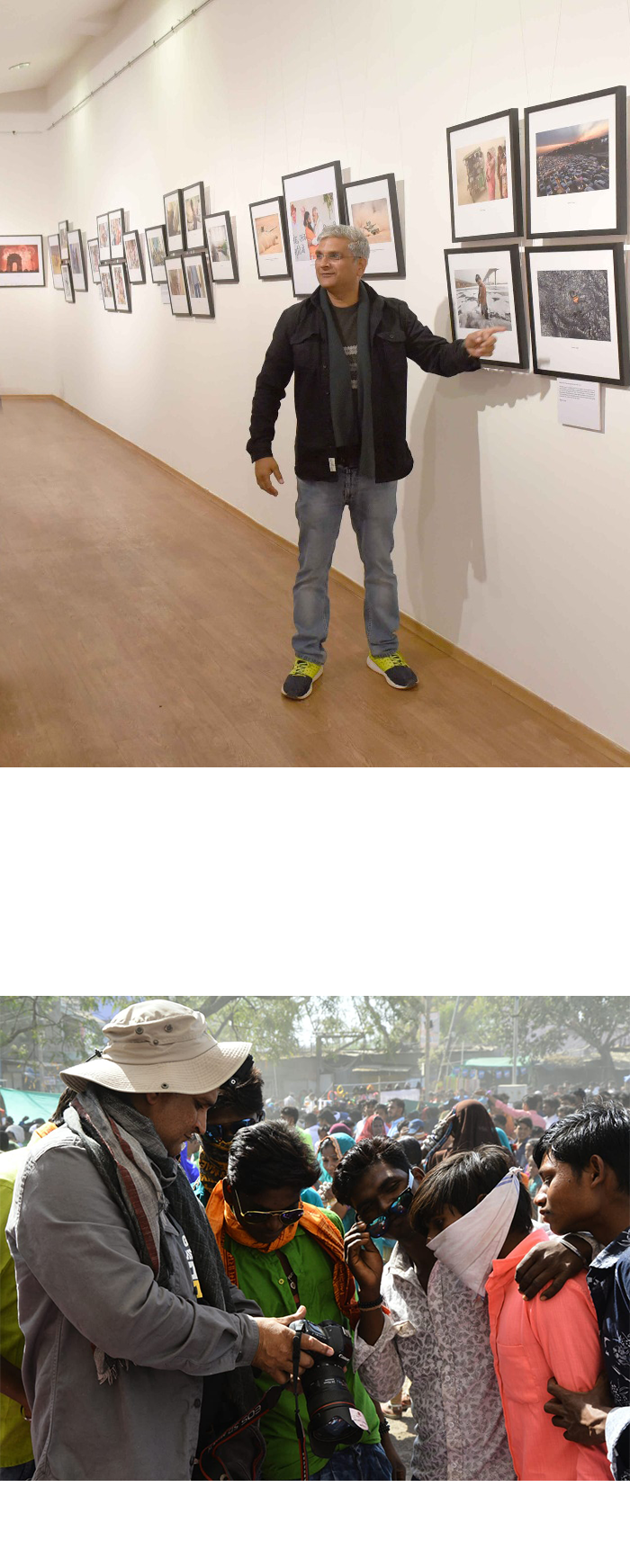
3 Months Course & Street Photography
A course on street photography would typically cover the
following aspects:
1. Introduction to Street Photography: Understanding the history, principles, and defining characteristics of street photography.
2. Equipment and Technical Skills: Learning about camera settings, lenses, and other equipment relevant to street photography.
3. Composition and Framing: Techniques for composing and framing shots in dynamic, real-world environments.
4. Lighting and Exposure: Understanding how to work with natural and available light in street photography.
5. Storytelling and Capturing Moments: Developing the ability to tell stories and capture decisive moments in everyday life.
6. Ethics and Legal Considerations: Understanding the ethical and legal considerations of photographing people in public spaces.
7. Post-Processing and Editing: Techniques for editing and enhancing street photographs using software like Adobe Lightroom or Photoshop.
8. Portfolio Development: Building a portfolio of street photography that showcases the student’s style and vision.
9. Critiques and Feedback: Participating in critiques and receiving feedback on your work to improve your skills.
10. Exhibitions and Publishing: Opportunities to exhibit your work or publish it in photography magazines or websites.
Special features of a street photography course might include photowalks in interesting locations, guest lectures by experienced street photographers, assignments that challenge students to explore different aspects of street photography, and the opportunity to interact with a community of street photography enthusiasts.

Course Module
- Introduction to Street Photography
- Equipment and Technical Skills
- Composition and Framing
- Lighting and Exposure
- Storytelling and Capturing Moments
- Ethics and Legal Considerations
- Post-Processing and Editing
- Portfolio Development
- Critiques and Feedback
- Exhibitions and Publishing

